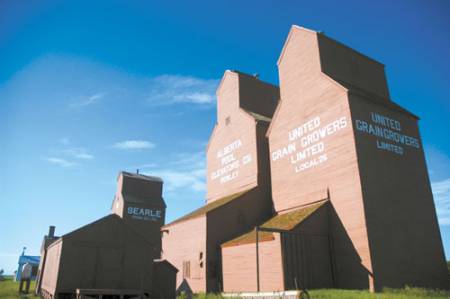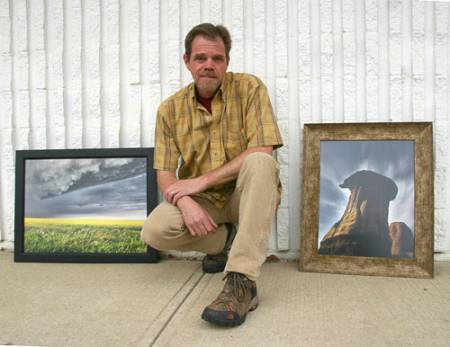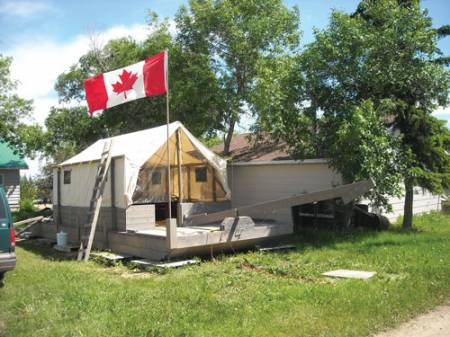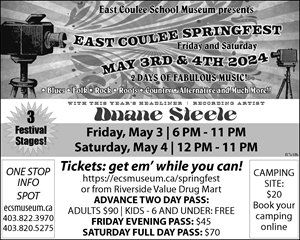
For many, ghost towns conjure images of tumbleweeds and by-gone cowboys who still haunt the saloons and hotel rooms of empty, deteriorated buildings that dot the prairie landscape.
But not all ghost towns are forsaken, as the ones surrounding the Drumheller valley still hold the same spirit and determination of the ranchers and farmhands who pioneered the west.
Rowley, a half hour drive north of Drumheller, is a ghost town that is all but dead.
“Rowley is one of the best preserved ghost towns,” says Chris Attrell, creator of www.ghosttownscanada.ca and an avid ghost town fan himself.
“It’s a rare gem, just a gorgeous place.”
Having travelled to Rowleywood (dubbed this for marketing purposes) many times, Attrell knows a gem of a town when he sees it.
He adds that it is also one of the best preserved ghost towns he’s seen.
His website has information and photos of around 500 ghost towns throughout Canada.
The death of these towns is often formulaic; the train station, elevator, general stores will close and leaving right after them will be the families who have lived there for generations.
“These towns are dying right in front of our eyes, you can take a photograph of a grain elevator and it may disappear in years time.”
Not in Rowley though.
The community association owns the museum, Sam’s Saloon (a café turned bar/pizza haven) and other buildings, with the intent to keep the scenic town on the map forever.
Peacefulness is what keeps Christopher Foesier, one of only six residents in the quiet town.
Quiet only until the last Saturday of every month where hundreds of thirsty travelers hang their hats in Sam’s Saloon for their infamous pizza night, a tasty chance to soak up the by-gone vibes that emanate from the old bar.
“When people in Rowley save and preserve their buildings, I think that’s very special. It’s unfortunate that many of these other towns do not have the same community spirit as they do in Rowley.”
Attrell believes that most of these towns are doomed.
No one really wants them to stay, land owners want dilapidated buildings to be removed, people want change.
This is what drives him and his fellow enthusiasts to photograph the beautiful reminders of our past while he still can.
“It really captures the sprit of what a small town would be like in the 1940’s, they do it without commercializing it too much. That’s what not only brings people in once, but what brings them back over and over.”
“One day, probably not Rowley, these buildings will go to the wayside. You can drive by an old grain elevator one day and the next it’ll be gone.”
These towns are our history, says Attrell, it’s what we were like, and it’s who we are.
Rural communities are feeling it coming with the closing of rail-lines and grain elevators that have been the arteries of the community. With those disappearing, the towns will almost inevitably turn into ghosts themselves.
“It’s the way it is.”
But with the help of observant camera lenses, these towns can be kept in our history forever, regardless if the buildings can’t be.





























